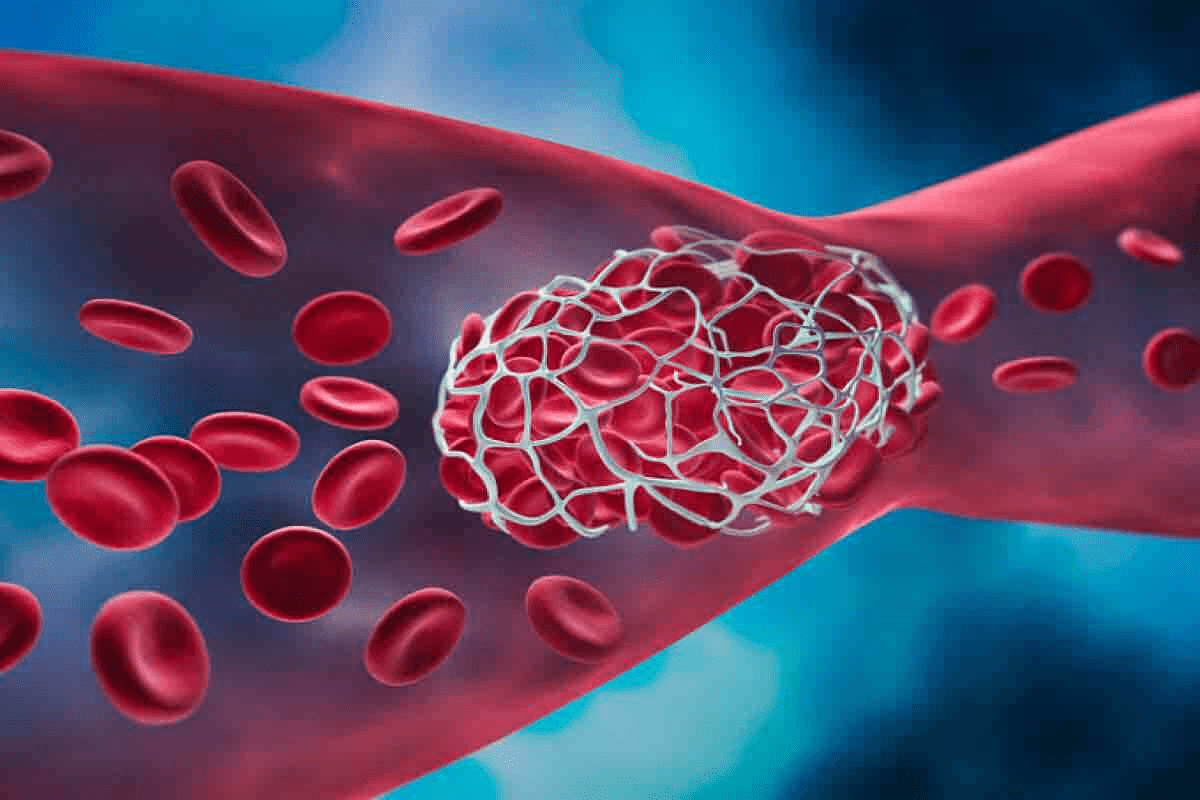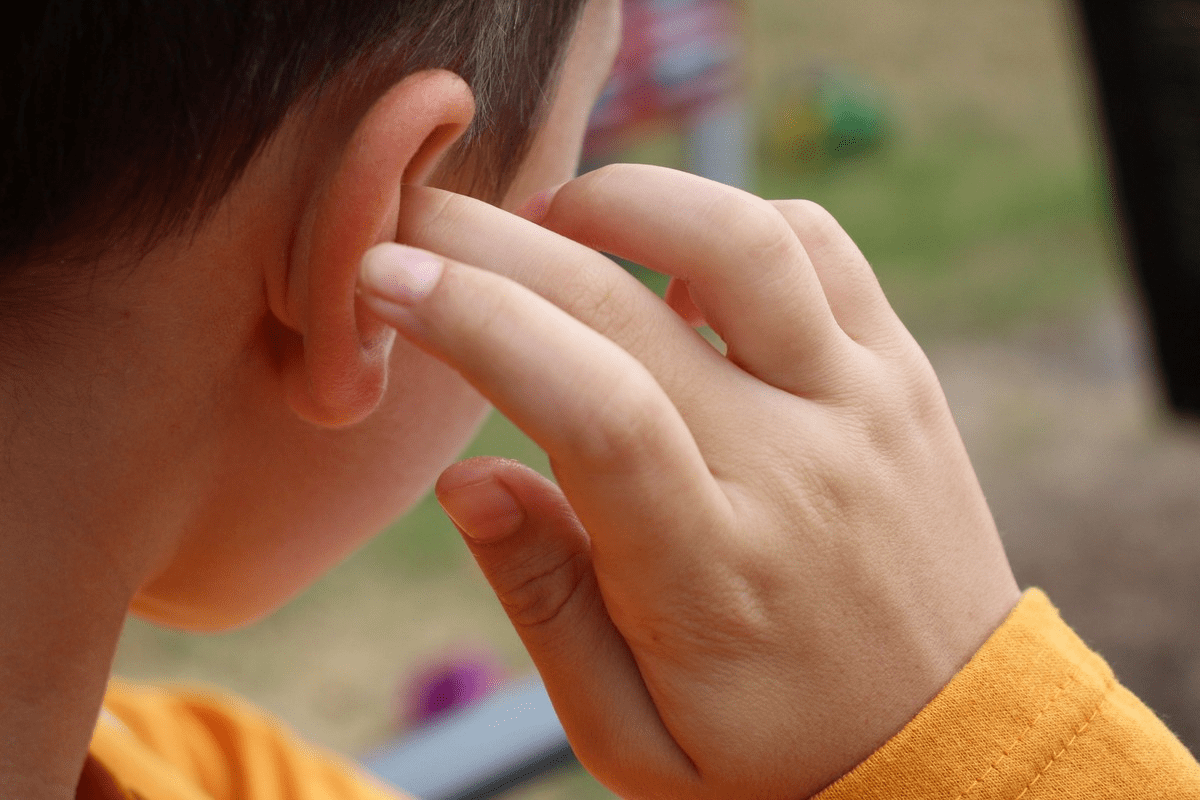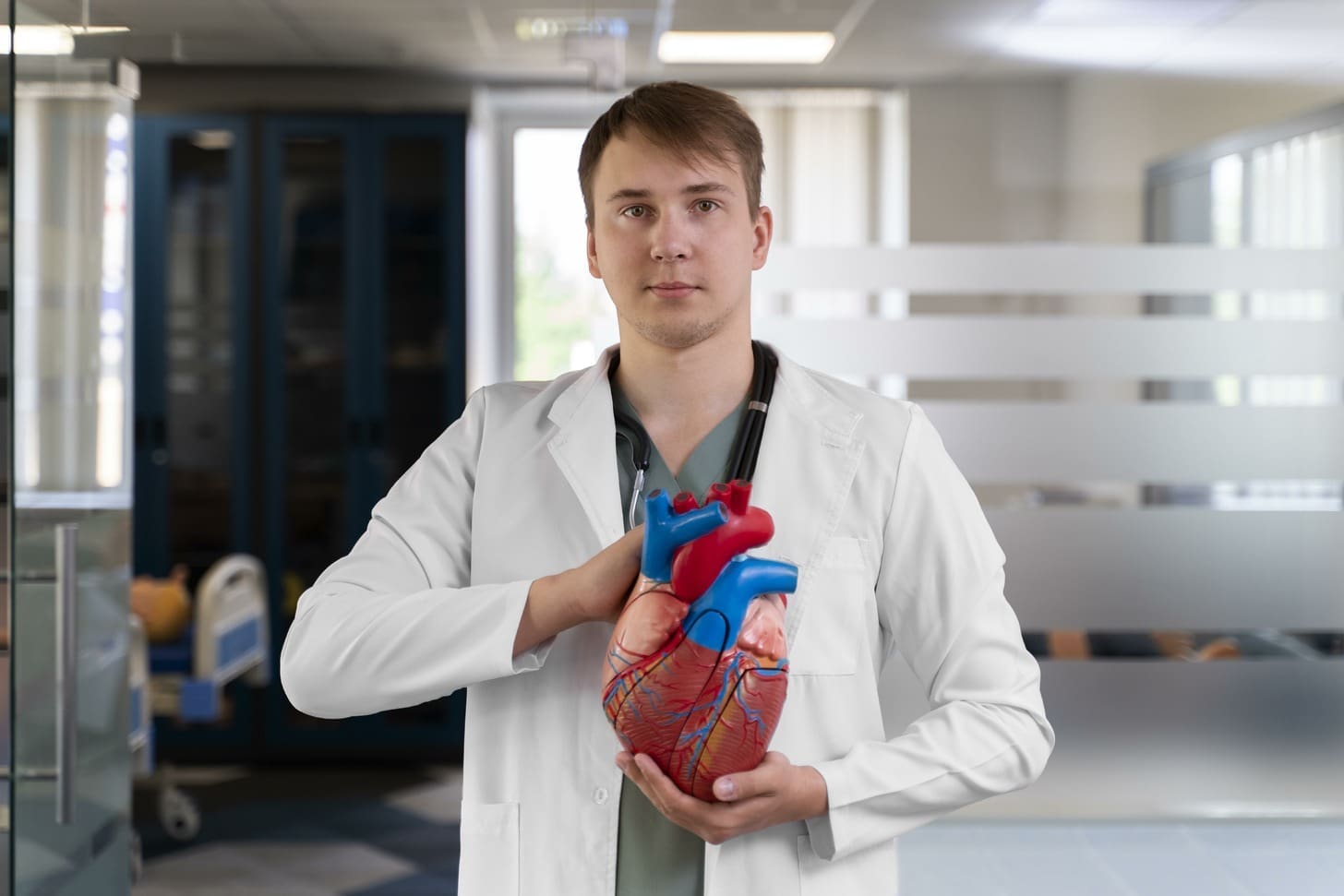Last Updated on November 27, 2025 by Bilal Hasdemir

Is MRI Better Than CT
When it comes to diagnosing conditions affecting the head, brain, and cancer, two imaging technologies stand out: MRI and CT scans. At Liv Hospital, we understand the importance of choosing the right diagnostic tool for your unique needs. Advanced imaging techniques play a key role in patient care. We’re committed to providing the most appropriate and advanced diagnostic care.
MRI scans produce highly detailed images of soft tissues, making them superior for brain imaging and detecting tumors. On the other hand, CT scans excel in emergency situations due to their faster imaging speed. Understanding the difference between MRI and CT scans is key for effective diagnosis and treatment.
Key Takeaways
- MRI scans are superior for soft tissue imaging and brain diagnostics.
- CT scans are faster and ideal for emergency situations.
- The choice between MRI and CT scans depends on the specific diagnostic needs.
- MRI scans do not use radiation, making them a safer option for certain patients.
- CT scans are commonly used for detecting lung diseases and skeletal system problems.
Understanding Medical Imaging Technologies
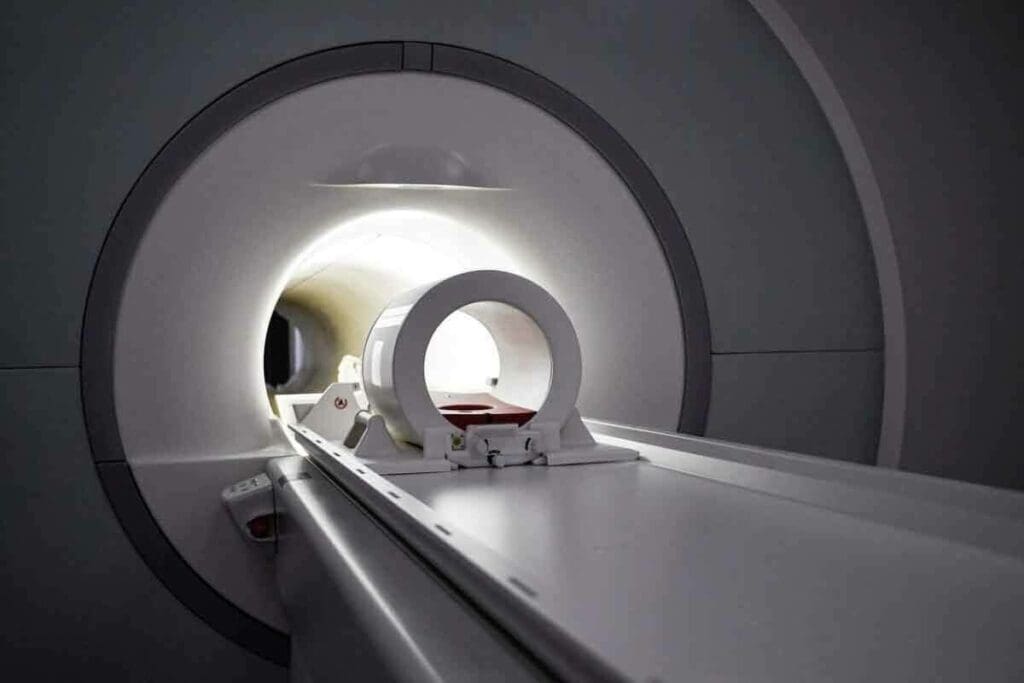
To make informed decisions about diagnostic imaging, it’s key to know the tech behind MRI and CT scans. Medical imaging is vital in today’s healthcare. It helps doctors diagnose and treat many conditions. We’ll dive into the basics of these technologies to understand their uses and differences.
Basic Principles of MRI Technology
MRI, or Magnetic Resonance Imaging, uses strong magnetic fields and radio waves to show body details. The tech works by making hydrogen atoms in the body line up with a strong magnetic field. Radio waves then make these atoms send signals. These signals help create detailed images.
This makes MRI great for seeing soft tissues like organs and tendons. These are hard to spot with other imaging methods.
How CT Scanning Works
CT scans, or Computed Tomography scans, use X-rays to make body images. X-ray beams are sent through the body from different angles. Detectors catch these beams to create detailed images.
CT scans are excellent for looking at bones, finding acute hemorrhages, and guiding treatments. They’re fast and give clear images, which is key in emergencies.
Knowing how these technologies work helps us see why some imaging methods are better for certain conditions. For soft tissue issues, MRI is often the top choice because of its high contrast. CT scans, though, are fast and good for bone structures and acute conditions.
Key Differences Between MRI and CT Scans
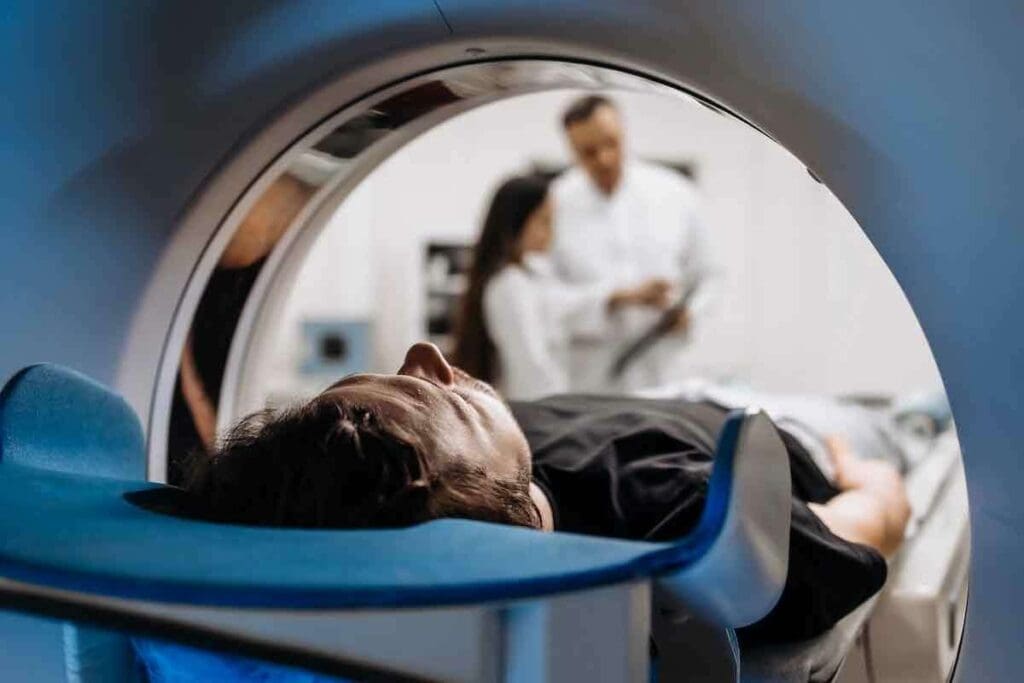
It’s important to know the differences between MRI and CT scans for accurate diagnosis. When imaging the head and brain, the choice depends on several factors. These include the type of tissue, the urgency of the situation, and the patient’s condition.
Image Resolution and Tissue Contrast
MRI gives better soft tissue contrast, making it great for brain and tumor diagnosis. MRI’s high-resolution images of soft tissues are key in neurological exams. CT scans, on the other hand, are better for bone structures and are faster. They’re perfect for emergency situations.
Scanning Duration and Patient Experience
The scan’s length and the patient’s experience are important. CT scans are quicker, taking just a few minutes. This is great for emergencies where time is critical. MRI scans, though, can take up to 30 minutes or more. But, the detailed info MRI provides is often worth the longer time.
In summary, MRI and CT scans differ in image quality, tissue contrast, and scan time. Knowing these differences helps healthcare providers choose the right imaging for each patient.
Is MRI Better Than CT for Brain Imaging?
Choosing between MRI and CT scans for brain imaging is key for accurate diagnosis. MRI stands out for its detailed images of soft tissues. It’s great for spotting vascular disorders and assessing brain function.
Superior Soft Tissue Visualization
MRI is top-notch for brain imaging because it shows soft tissues in high detail. This is super helpful for finding tumors, multiple sclerosis, and other brain issues. MRI’s high-resolution images help doctors make accurate diagnoses and plans for treatment.
- High contrast between different soft tissues
- Ability to detect lesions and abnormalities
- Detailed imaging of brain structures
Identifying Vascular Disorders
MRI is also great at spotting vascular problems in the brain, like aneurysms and arteriovenous malformations. Magnetic Resonance Angiography (MRA) gives clear images of blood vessels without needing contrast agents.
Functional Brain Assessment Capabilities
Functional MRI (fMRI) lets us see how the brain works by tracking blood flow changes. It’s super useful for planning surgeries and understanding brain function.
The benefits of fMRI include:
- Non-invasive way to check brain function
- Maps brain areas for important functions
- Improves neurosurgery planning
When CT Scans Excel in Head Diagnosis
While MRI is great for soft tissue details, CT scans shine in emergency head diagnosis. They are fast and efficient, key in urgent situations.
Emergency Trauma Situations
For head trauma, CT scans are often the first choice. They are quick and can show injury extent fast. This is vital in emergencies where time is everything.
Rapid Assessment: CT scans give quick results. This helps doctors make fast decisions for patient care. This speed is critical in trauma cases.
Detecting Skull Fractures and Bone Injuries
CT scans are best for finding bone injuries, like skull fractures. They show bone details clearly. This makes them key for initial trauma checks.
Acute Brain Hemorrhages and Stroke Assessment
For suspected brain hemorrhages or strokes, CT scans are quick and effective. They spot hemorrhages fast and tell if it’s an ischemic or hemorrhagic stroke.
| Condition | CT Scan Advantages | Assessment Outcome |
|---|---|---|
| Skull Fractures | High-resolution bone imaging | Accurate fracture detection |
| Acute Brain Hemorrhages | Rapid detection of bleeding | Timely intervention |
| Stroke Assessment | Differentiation between ischemic and hemorrhagic strokes | Appropriate treatment planning |
Knowing CT scans’ strengths in head diagnosis helps doctors choose the best imaging. They balance detailed imaging with the urgency of the situation.
Comparing CT vs MRI of Head for Specific Conditions
CT and MRI scans are good at different things when it comes to the head and brain. The right choice depends on the condition and what doctors need to treat it.
Sinus and Facial Structure Evaluation
CT scans are best for looking at sinuses and facial bones. They show bone structures clearly. This helps doctors spot sinusitis, fractures, and other bone issues in the face.
Key benefits of CT scans for sinus and facial structure evaluation include:
- High-resolution images of bone structures
- Quick scanning time, which is beneficial in emergency situations
- Ability to detect fractures and bony abnormalities accurately
Inner Ear and Temporal Bone Imaging
CT scans are also top for the inner ear and temporal bone. They give detailed views of these complex bones. This is key for finding issues like otosclerosis, cholesteatoma, and fractures in the temporal bone.
Pituitary and Hypothalamic Abnormalities
MRI is better for looking at the pituitary and hypothalamus. It shows soft tissues well. This is great for spotting problems like pituitary adenomas and other issues in this area.
The advantages of MRI for pituitary and hypothalamic abnormalities include:
- Superior soft tissue contrast for detailed visualization
- Ability to detect small abnormalities in the pituitary gland
- Non-invasive assessment of the hypothalamic region
| Condition | Preferred Imaging Modality | Key Benefits |
|---|---|---|
| Sinus and Facial Structure Evaluation | CT Scan | High-resolution bone images, quick scanning time |
| Inner Ear and Temporal Bone Imaging | CT Scan | Detailed images of bony structures, accurate fracture detection |
| Pituitary and Hypothalamic Abnormalities | MRI | Superior soft tissue contrast, detailed visualization of small abnormalities |
In conclusion, CT and MRI scans are each good for certain head and brain issues. Knowing their strengths helps doctors pick the best scan for accurate diagnosis and treatment.
MRI vs. CT Scan for Cancer Detection and Monitoring
In the world of cancer, MRI and CT scans are key tools. They help find and watch cancer, each in its own way. The choice between them depends on the cancer type, where it is, and what the doctor needs to see.
Tumor Identification and Characterization
MRI is great for finding and figuring out tumors because it shows soft tissues well. It helps doctors see where tumors start and what they’re made of. For example, MRI is very helpful for brain tumors and soft tissue sarcomas because it gives detailed pictures.
MRI Advantages: – High soft tissue contrast – Ability to characterize tumor composition – Useful for complex anatomical areas
Cancer Staging and Treatment Planning
CT scans are fast and easy to get, making them good for first cancer staging and watching changes. They quickly show how big a tumor is and where it is, which helps plan treatment.
| Imaging Modality | Cancer Staging | Treatment Planning |
|---|---|---|
| MRI | Detailed soft tissue assessment | Precise tumor delineation |
| CT Scan | Rapid overview for initial staging | Assessment of tumor size and location |
Post-Treatment Surveillance
Both MRI and CT scans are used to watch for cancer coming back or spreading after treatment. The choice depends on the cancer type and the patient’s treatment history. For example, MRI might be better for brain tumors, while CT scans are good for watching size changes in other parts of the body.
Dealing with cancer diagnosis and treatment is tough. Using MRI and CT scans together helps doctors give better care. Whether it’s for first diagnosis, planning treatment, or watching after treatment, the right scan can really help patients.
Safety Considerations and Contraindications
When it comes to diagnostic imaging, safety is key. MRI and CT scans each have their own safety profiles. It’s important to know what makes them safe or not for different patients.
Radiation Exposure in CT Scans
CT scans use ionizing radiation, which is a big concern. They expose patients to a lot of radiation. This is a worry, mainly for kids and pregnant women who are more sensitive to it.
“The risk of radiation-induced harm is a big deal with CT scans,” say doctors. We need to think carefully about the benefits against the risks, mainly in non-emergency cases.
MRI Contraindications with Metal Implants
MRI doesn’t use ionizing radiation but has its own limits. People with metal implants, like pacemakers, can’t have an MRI because of the strong magnetic fields. It’s important for patients to tell their doctor about any metal implants before an MRI.
Pregnancy and Pediatric Considerations
Both MRI and CT scans have special rules for pregnant women and kids. MRI is safer for pregnant women because it doesn’t use ionizing radiation. But, it should only be used when really needed.
CT scans are usually avoided during pregnancy because of the radiation. For kids, the choice between MRI and CT scan depends on the need for a clear diagnosis and the risks involved. This includes radiation from CT scans and the need for sedation in MRI.
The decision between MRI and CT scans depends on many factors. These include the medical condition, the patient’s age and health, and the situation. Understanding these safety points helps doctors make the best choice for each patient.
Diagnostic Accuracy and Clinical Value
MRI and CT scans are key in modern medicine. They have changed how we diagnose diseases. Each has its own strengths for different medical needs.
Sensitivity and Specificity Rates
Looking at MRI and CT scans, we see their sensitivity and specificity. MRI is great at finding soft tissue problems. It’s very useful for diagnosing things like ligament sprains, tendon injuries, and some cancers.
CT scans are better at finding acute hemorrhages, fractures, and bone injuries. They give clear images of bones. This makes them perfect for quick scans in emergencies.
In stroke cases, CT scans are often first because they’re fast and good at finding bleeding. But MRI is better at spotting ischemic and seeing how much brain is affected. This shows why picking the right scan is key.
Cost-Effectiveness Analysis
Looking at costs, CT scans are cheaper and easier to get. But MRI gives detailed images that might avoid more tests. This could save money in the long run. The choice between MRI and CT should depend on the case, patient history, and what’s needed.
Complementary Roles in Diagnostic
MRI and CT scans work together in diagnosis. For cancer, CT scans find the main tumor and check for spread. MRI shows how the tumor affects nearby tissues. This helps plan treatment better.
In short, knowing how MRI and CT scans work helps doctors make better choices. This leads to better care for patients. Using each scan’s strengths helps us diagnose and treat better.
Patient Experience and Practical Considerations
Choosing between MRI and CT scans is more than just picking the best image. It’s about how the scan makes the patient feel. We must think about the practical parts that affect comfort and how well the patient follows instructions.
Claustrophobia and Anxiety Management
Claustrophobia or anxiety is a big deal for some patients. MRI scans, which put patients in a metal tube for a long time, can be tough. To help, some places offer open MRI machines or sedation. CT scans, being faster, might be less scary for some.
Preparation Requirements
Preparation for MRI and CT scans is different. MRI patients often have to remove metal and avoid certain meds or foods. CT scans might need fasting or a special gown. Knowing this ahead of time can make patients feel less anxious and help the process go smoother.
Accessibility and Wait Times
Accessibility and wait times matter too. CT scans are quicker and easier to get, great for emergencies. But MRI scans, though longer, offer detailed images that are sometimes vital for diagnosis.
In the end, choosing between MRI and CT scans involves more than just the images. We must consider how the scan affects the patient. By understanding these points, we can support our patients better during their diagnostic journey.
Advanced Imaging Technologies and Future Developments
The world of diagnostic imaging is evolving fast with new MRI tech. We’re making MRI better for finding cancer and checking the brain. These changes help doctors make better plans for treatment.
Innovations in MRI Technology
New MRI tech is all about clearer images, faster scans, and more detailed brain checks. These updates are key for spotting cancer early and planning treatments. They’re also vital for brain disorder diagnoses.
Some major MRI tech advancements include:
- Faster Scanning Times: New MRI machines scan patients quicker. This makes scans more comfortable for patients.
- High-Resolution Imaging: Better magnetic fields and coil tech mean sharper images. This lets doctors see tissues and organs in more detail.
- Functional MRI: fMRI is getting better. It helps doctors see how the brain works and diagnose conditions better.
- Diffusion Tensor Imaging (DTI): DTI shows how brain tissues are structured. It helps diagnose strokes and multiple sclerosis.
These updates make MRI a top tool for diagnosing complex conditions. For example, MRI is often better than CT scans for cancer detection. MRI’s clear images and brain function checks give doctors more info about tumors.
As MRI tech keeps improving, it will play an even bigger role in diagnosis. It might even be better than CT scans for some brain and cancer cases.
It’s important to know the difference between mri and ct scan of the brain. CT scans are great for emergencies and finding bleeding quickly. But MRI is better for soft tissue and chronic conditions.
Conclusion: Making the Right Choice for Your Diagnostic Needs
We’ve looked at the differences between MRI and CT scans for diagnosing head, brain, and cancer issues. We’ve seen their strengths and weaknesses. The right choice depends on what you need to diagnose.
When picking between MRI and CT, think about what you’re trying to find. MRI is great for soft tissues, perfect for brain and cancer scans. CT scans are better for quick checks in emergencies and finding bone injuries.
Choosing between MRI and CT for head scans isn’t simple. It depends on the condition and the patient. Knowing what each can do helps us make better choices for care.
Choosing the right imaging tech is key for good patient care. We need to think about each patient’s needs and pick the best option.
FAQ
Is MRI or CT scan better for diagnosing brain conditions?
MRI is often better for brain conditions. It shows soft tissues clearly. This helps find tumors, multiple sclerosis, and vascular issues.
Which is better, a CT scan or MRI, for detecting cancer?
Both can find cancer, but it depends on the cancer type and location. MRI is great for tumors in hard-to-reach areas.
Is a CT scan or MRI better for emergency trauma situations?
CT scans are best for trauma emergencies. They’re fast and show bones well. This helps spot skull fractures and brain injuries.
What are the safety considerations when choosing between MRI and CT scans?
CT scans use radiation, which is a risk. MRI doesn’t use radiation but has metal implant issues.
How do MRI and CT scans compare in terms of diagnostic accuracy?
Both are good but used together for best results. Their accuracy depends on the condition.
What is the difference between MRI and CT scans in terms of patient experience?
MRI can scare patients with claustrophobia. CT scans are quicker and less scary. There are ways to make MRI less scary.
Are there any advancements in MRI technology that are changing the landscape of diagnostic imaging?
Yes, MRI tech is getting better. It scans faster and shows more detail. This makes MRI even more useful for diagnosing.
How do I choose between MRI and CT scans for my diagnostic needs?
Choose based on your condition and imaging needs. Knowing each modality’s strengths helps make the right choice.
What are the advantages of MRI over CT scans for soft tissue imaging?
MRI shows soft tissues well. This is key for brain and tumor diagnosis.
Can CT scans detect conditions that MRI cannot?
Yes, CT scans are better for bone issues like skull fractures. They’re great for acute brain injuries.
Are MRI or CT scans more cost-effective?
Cost matters, but accurate diagnosis is more important. A cost analysis can help, though.
How do MRI and CT scans contribute to cancer staging and treatment planning?
Both are key for cancer diagnosis and planning. MRI shows soft tissues, while CT scans are quick and useful.
References
- Liu, J., et al. (2022). Application value of CT and MRI in diagnosis of primary brain lymphoma. PMC. https://pmc.ncbi.nlm.nih.gov/articles/PMC5950549/
- Nagaraj, N., & Selvarajan, P. (2023). Magnetic resonance imaging-based brain tumor image classification performance enhancement. Scientific African. https://www.sciencedirect.com/science/article/pii/S2468227623004180



